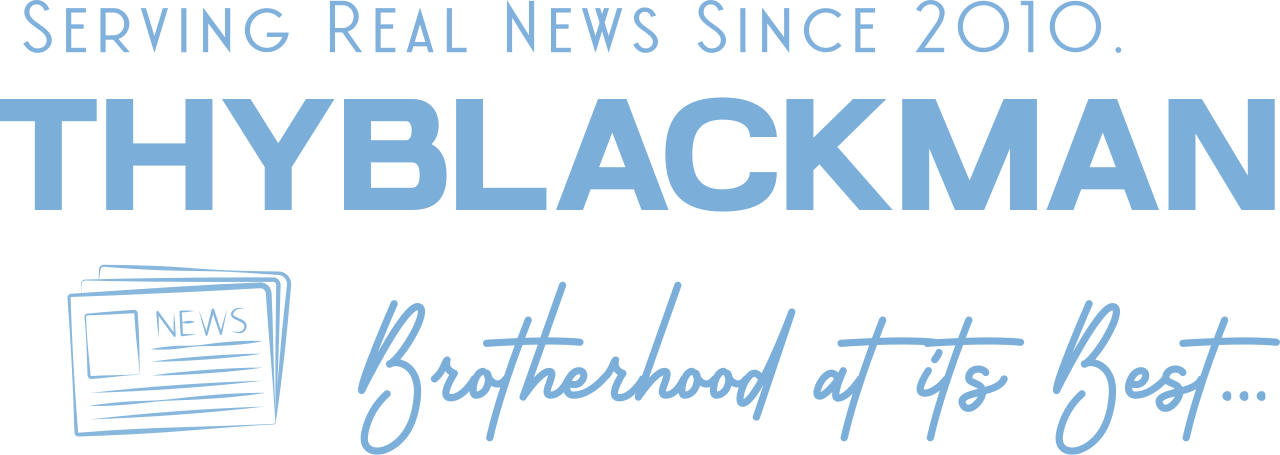(ThyBlackMan.com)
3D Character Design: Techniques, Tools, and Other Fundamentals of 3D Modeling
The new era is open to us in graphic design – 3D. Three dimensions such as height, width, depth allow us to see various objects in a virtual environment from all sides. With the potential value of 3D graphics, most businesses tend to use 3D character design for better brand recognition in advertising or better user experience in gaming. There are many cases where the creation of a 3D character made it possible to take the game to a new level, giving it the opportunity to gain a foothold in the market.
This article is devoted to the basic methods, tools, and technologies necessary for the implementation of a high-quality 3D art project. Simply put, we’ll provide the answers to the most searched questions – “How to work on 3D character design effectively?”, “What is 3D modeling?”, “Which is better to use high or low-poly modeling?”, “What tools to use for 3D modeling?”, “How to find the best 3D character artist for  hire?” and so forth.
hire?” and so forth.
In addition, we will focus on 3D character design services that may be needed at any stage of production. Continue reading this information to successfully create a 3D character for your own project!
What Is 3D Modeling? – 5 Key Stages
This is the mathematical representation of any surface of an object in three dimensions – height, width, depth. How to work on 3D character design effectively?
1, Character concept development. A 3D character designer cannot start working without a basic idea of ??how a character should look. For this reason, it is important to collect a detailed description of the character. It should be supported by a series of reference materials on the style, outfits and personal data to create the appropriate physical appearance and facial features. And only after that, you can proceed to the next stages of 3D character construction.
2. Modeling (high or low-poly). Once the concepts are prepared and accepted, you can move on to turning 2D sketches into a 3D model. Now the main task is to work with grids and polygons so that the character’s proportions are as close to the concept as possible. In other words, you should have a 3D model sheet with a rough concept, as well as its view from all possible sides. In this case, the question may arise – what is the difference between high or low-poly modeling? The answer to this question largely depends on how you are going to use a 3D model. The term “low and high” refers to the number of polygons that can be “embedded” in a 3D model. So, if you pursue to achieve the most realistic and detailed model, turn to high-poly modeling, and vice versa. Ultimately, the difference affects the project budget. Simply put, the more realistic, the more polygons and, therefore, much more time and effort, as you know, money.
3. UV unwrapping and texturing. Characters can be made of different materials, such as wood, clay, glass, etc. In addition, it is important to give a character such features as skin, clothing, and hair. That’s why special textures are needed to make 3D characters look realistic or match a particular style – sci-fi, cartoon, or whatever. But before creating and applying textures, a 3D character artist has to perform UV unwrapping to represent the different axes where the 3D model exists and add textures to it.
4. Rigging for animation. As a result of a long design process, you get a static 3D model. Rigging comes in handy here – this is the process of creating bones and joints, i.e. a skeleton to enable a 3D character moving in animation.
5. Character polishing and porting it into Unity, Unreal, or any other game engines. A technical artist should take care of finishing touches on a 3D character – polish it from unnecessary details. After performing manipulations in 3D programs, the job is not yet completed. It is required to save a digital file with a specific extension, depending on the technical characteristics of the platform you are using. Each has its own technical requirements that must be followed when completing the design of 3D characters.
What Tools to Use for 3D Modeling?
The whole process is possible due to specialized software. With modern 3D modeling software, you can create virtually all possible objects in the three-dimensional space. Let’s name key tools you can use to work on 3D models:
- Autodesk 3ds Max,
- Autodesk Maya,
- ZBrush,
- Substance Designer,
- 3D-Coat and other programs that you can find useful for yourself.
In the ideal scenario, it is better to have artists focus on a specific area of the 3D art pipeline. So, let’s continue to see how it is possible to finish a similar project successfully.
How to Find the Best 3D Character Artist for Hire?
- Look for 3D character designers on special platforms like ArtStation or Behance. These are communities of artists with the portfolios, from which you can sort out the most suitable for your own project. Alternatively, you can look into LinkedIn.
- Post a vacancy in job search engines. In this case, specialists will look for an interesting offer among lists of available vacancies. Keep in mind that both previous methods will take time and energy to find the right candidate.
What else remains for you, besides finding an artist for 3D characters on your own?
- Recruiting agencies. All you need to do is to provide the requirements for potential candidates and wait for results in the near future. However, you still have to spend time on interviews, meetings, discussions, and so on. What to do if there is no time?
- Outsourcing to a 3D character studio. Yes, this is a good way out when you need to expand your own capabilities with the use of outsourcing services that are widely used today in many business areas, including game development.
Regardless of what your final use, budget, or goal for 3D modeling is, we hope that after reading this article you will have a better idea of ??where and how to start.
Staff Writer; Craig Brown
















Leave a Reply